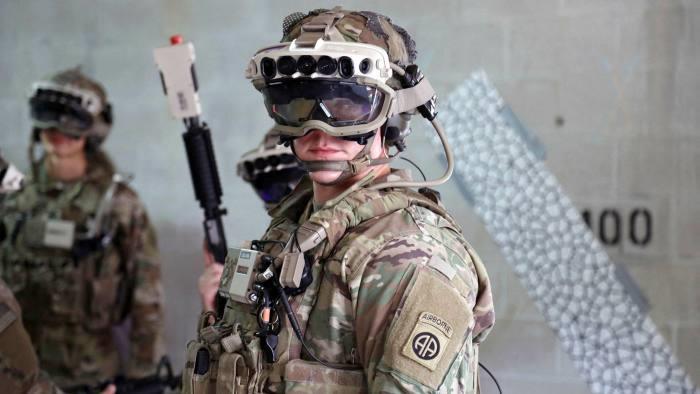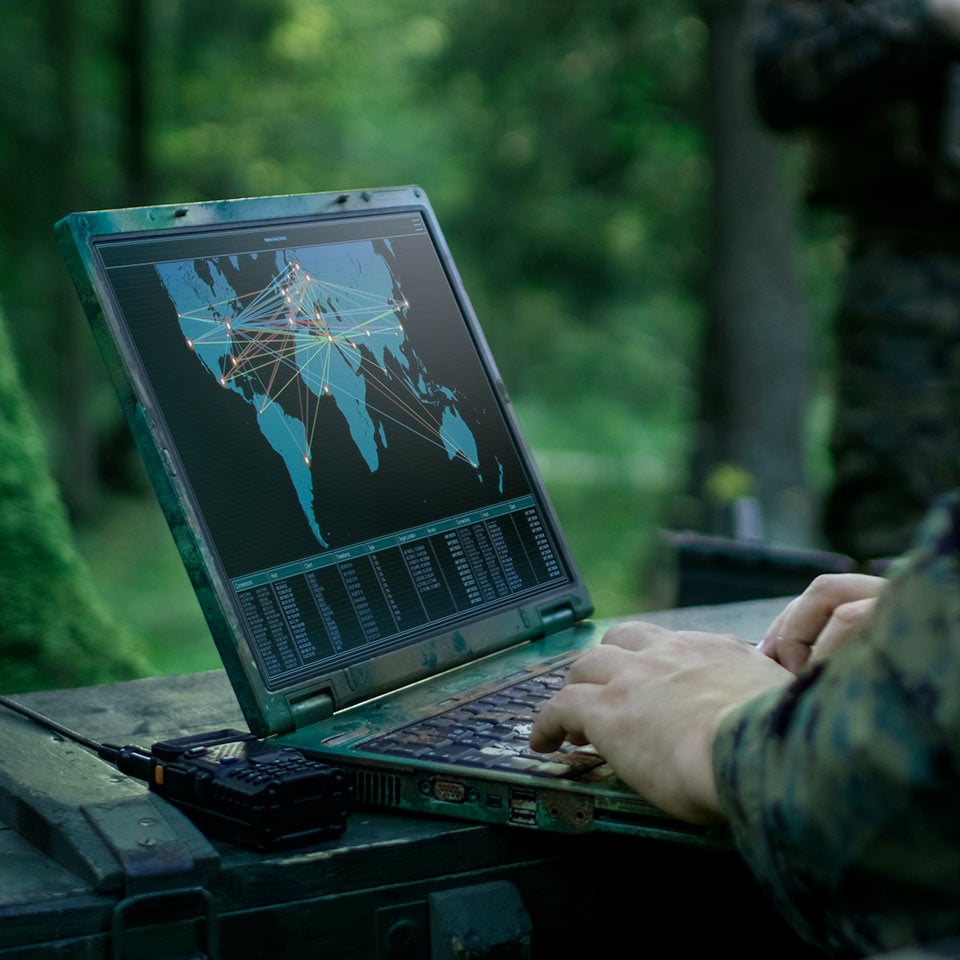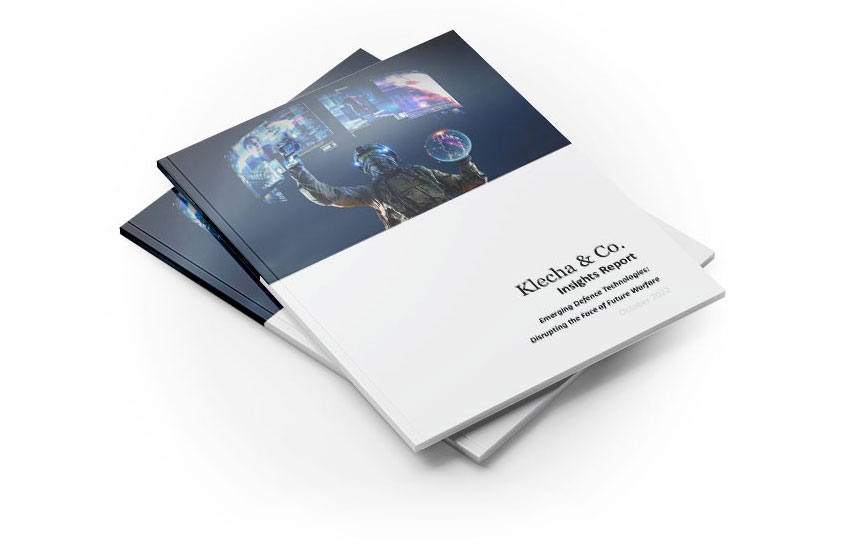The European Defence Agency (EDA) conducted a technology foresight exercise during the year 2021. The exercise's findings will help define the key threats that Europe's armed forces will likely confront over the next 20 years and beyond, as well as the defence toolkit required to address them. The EU Capability Development Plan (CDP), which will be revised the following year under the direction of EDA, will be used for future modifications to the Key Strategic Activities (KSA) and the Overarching Strategic Research Agenda (OSR A) of the EDA.

It can take decades to research, develop, procure, field, and integrate effective military assets, but new threats can emerge with little warning. The EDA via discussions with interactions over a series of events and gatherings that included participants from various international organizations, defence ministries, non-governmental organizations, the academic community, business, and civil society, found 10 possible realistic future military scenarios, i.e., developments that, in their opinion, are very likely to occur over the next 20 years in Europe and are all somehow relevant for defence2:
- Software-based battlefields: A future of war in which the effectiveness of military operations will depend more on software, algorithms and cybersecurity than on platforms as a result of disruptive technologies like Artificial Intelligence (AI), quicker communication networks, and system-of-systems defence techniques.
- The use of space as a military operational domain: In the next 20 years, every major country will have a fully functioning space force, creating opportunities as well as dangers and challenges. The implementation of new operational concepts, legal frameworks, and international agreements will be required in this scenario.
- Extended and augmented reality into defence: The blending of augmented/virtual reality and brain-computer interfaces on the battlefield will result in a widespread robotization of the battlefield and the growth of (mis-) information-driven capabilities.
- Dominance of unmanned and autonomous systems on the battlefield: By 2040, there will be significant changes to the structure and organization of the Defence Ministries, notably with regard to the consequences for military operational doctrine, equipment, acquisition strategy, and logistics.
- Hybrid human-machine teaming: There will be seamless integration and collaboration between humans and machines, especially in the military. The effects that this evolution will have on technology, as well as on ethical and legal frameworks.
- The spread of increasingly advanced biological weapons: Climate change, worldwide migration, and the expansion of megacities will bring about new diseases, natural disasters, and new strains of resistant bacteria due to the widespread overuse of antibiotics and other medications. Synthetic biology and gene editing will lead to the emergence of new biohazards that could be exploited as bioweapons or biothreats.
- Soldiers with improved cognitive abilities (human enhancement): This scenario describes the main effects that biotechnology, synthetic biology, gene editing, and brain-computer interfaces will have on soldiers because these technologies can be used to improve the cognitive and physical abilities of humans.
- Real-time mapping of dynamic environments: Quantum sensing and quantum navigation, today in their very nascent stages, will have advanced to a point where they can map environments in real-time as they change and be extensively used by militaries.
- Use of false information: By 2040, false information will be used as a weapon that targets all information systems and allows for a large-scale influence operation that is difficult for nation-states to regulate or fight. The distinction between the military and civil realms will remain blurred.
- Environmental issues, energy security, and climate change: In the next two decades, biodiversity and climate-related issues will be geo-strategic drivers and the focus of conflicts and scuffles. The availability of energy will continue to be a key element of strategic dominance. Energy will continue to be a major obstacle for most defence systems and activities, despite the significant investments made in new energy generating and storage systems.

